
Building faster isn’t building better
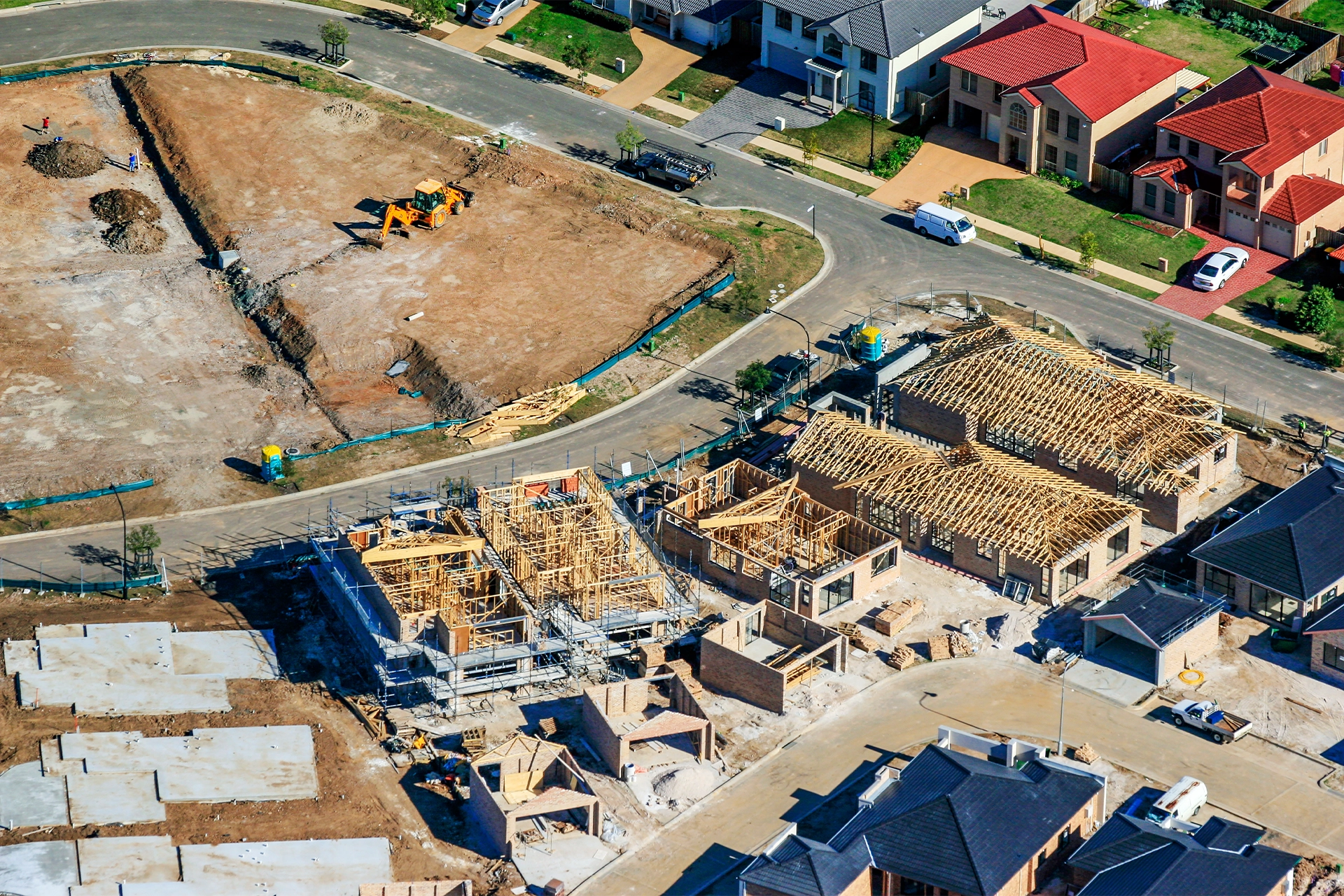
As Australia’s productivity summit focuses on boosting housing supply, are we prepared to sacrifice quality for speed?
Published 25 August 2025
The Australian Federal Government’s promise to deliver 1.2 million new homes by 2029 through the National Housing Accord has become one of the most pressing policy debates in Australia.
It’s an ambitious target, intended to relieve housing pressures, particularly for younger Australians locked out of ownership and renters facing record-high costs.
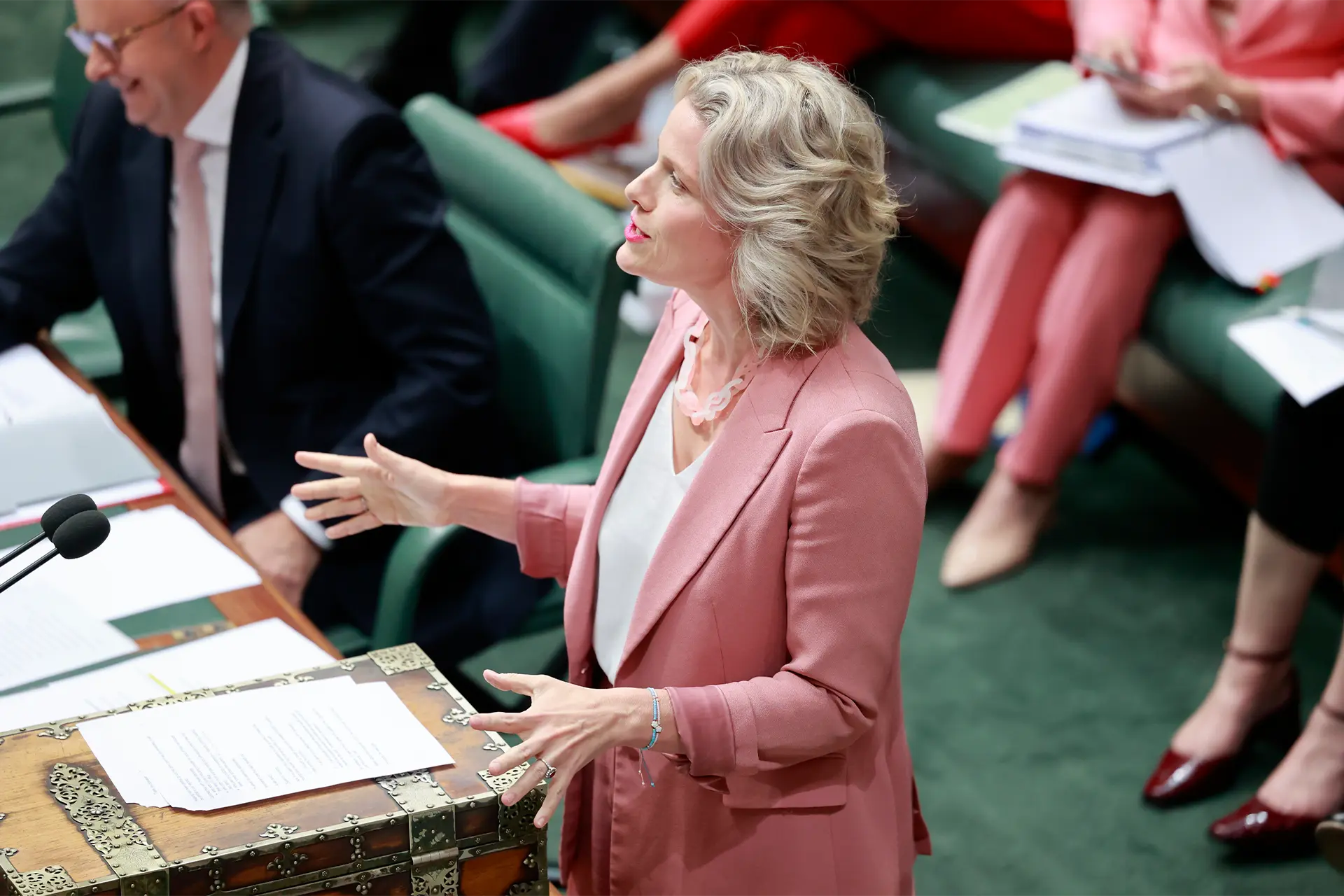
But as negotiations between the housing industry and the Housing Minister intensify this month, and “building more homes more quickly” is touted as one of ten reform directions announced from the just-completed productivity summit, a critical question looms.
What are we prepared to sacrifice for speed?
Speed vs quality
Cutting corners in construction isn’t new, but the risks are magnified when governments set aggressive targets without equally ambitious planning frameworks.
On the surface, reducing red tape looks like a solution to the housing shortfall.
In reality, it risks locking in systemic defects.
A 2022 Architects Registration Board of Victoria report highlighted that time pressures and cost-cutting were the leading causes of building failures.

Poorly built homes often require costly repairs or, in extreme cases, demolition.
The Grenfell Tower fire in London remains a sobering reminder of how quickly good intentions can collapse into catastrophe when safety is compromised.
The complexity of building a home
Constructing a house is never just about pouring concrete and putting up walls.
A recent report by the National Housing Supply and Affordability Council has identified ten critical stages, from zoning and land acquisition to infrastructure planning and approvals.
At nearly every step, pressures for speed can create disputes or poor outcomes. Four of the ten stages – land acquisition, development approval, planning infrastructure and construction – were assessed as having a strongly adverse impact on housing supply.
Consider infrastructure: new suburbs require water, sewage, power grids, roads and public transport. Without them, homes are shells, disconnected from the fabric of sustainable communities.
This mismatch is already evident in Melbourne, where the transport network is playing catch-up on planning decisions made two decades ago.
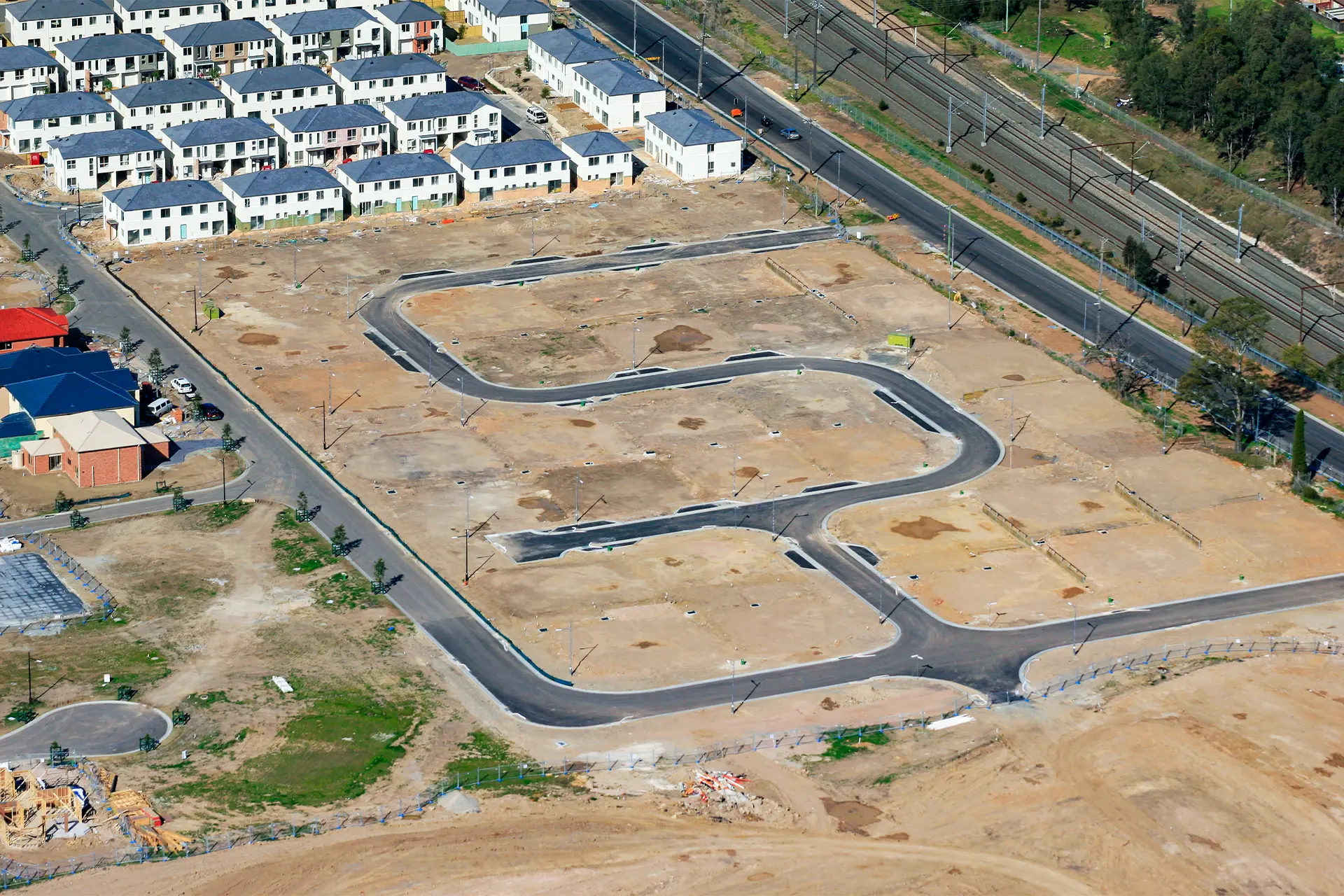
The bottleneck isn’t red tape, it’s labour and materials
Even if approvals were fast-tracked tomorrow, Australia lacks the workforce to deliver on these housing promises.
The Master Builders’ 2024 Productivity Report tracked an 18 per cent fall in productivity over the past decade.
Industry estimates put the labour shortfall at 80,000, 90,000 or even 130,000 workers, and that number could rise to 480,000 in 2026.
And this isn’t just about raw numbers.
Building 1.2 million homes requires a delicate balance of skills – electricians, plumbers, carpenters, tilers, surveyors – available in the right places at the right time.
Apprenticeships take years to complete, yet completion rates remain stubbornly low. In 2023, 28,445 people commenced a construction services traineeship or apprenticeship, but only 13,800 completed one.
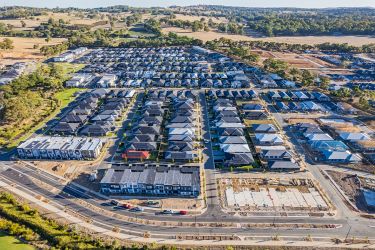
And even if enrolments and completions rise dramatically, those starting an apprenticeship now won’t be fully qualified for at least four years – after the promised 1.2 million homes are due to be completed.
Materials add another layer of complexity.
The government’s investment of $AU300 million in forestry will help meet timber demand – but steel, concrete and other emerging structural materials are already under pressure.
Without proper forecasting of material availability risks and upfront investment in supply, shortages will stall projects and push up costs, undermining affordability, the very goal of the housing push.
Safety, oversight and responsibility
Beyond workforce and material concerns, the way Australia regulates construction remains a weak link.
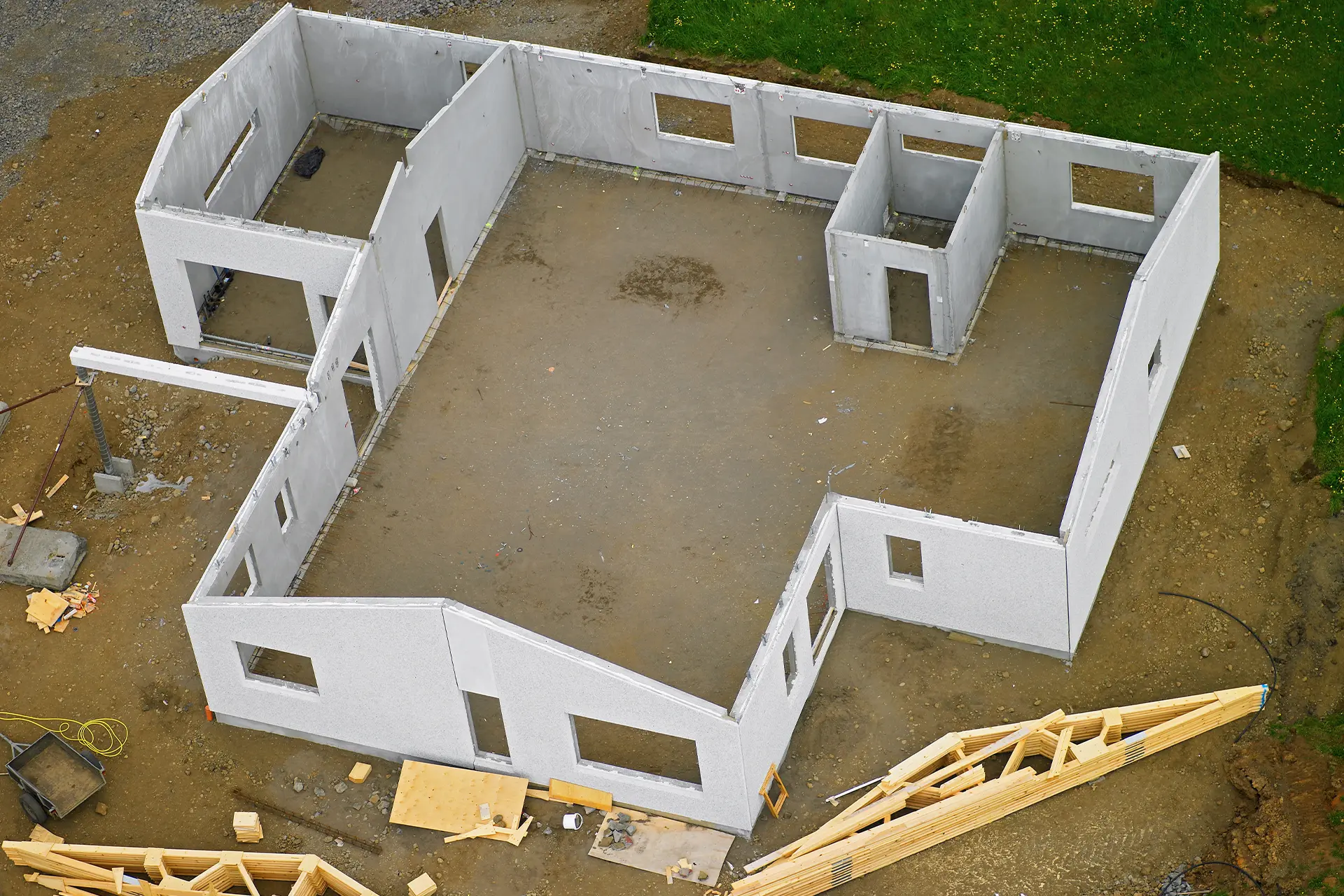
Compared to our international peers, professional qualifications required for people to register as builders in Australia are minimal.
In countries like Singapore and Portugal, builders must employ teams of architects and engineers to sign off on projects.
In Australia, builders can register with TAFE-level qualifications, with responsibility for oversight often outsourced to stretched inspectors.
This is a recipe for inconsistency, and small mistakes can add up to major risks.
Modern methods of construction, such as prefabrication, can help, but without a regulatory system that adapts to new materials and techniques, innovation risks becoming another casualty of the rush to build.

Sciences & Technology
What Victoria’s earthquake tells us about the safety of our structures
Planning for communities, not just numbers
If Australia is serious about building 1.2 million homes, we must invest time upfront in planning. That means:
Mapping capacity suburb by suburb: Local councils should identify what growth they can sustainably manage, with state governments aligning infrastructure and services accordingly.
Workforce planning as policy, not afterthought: Incentives must not only attract trainees but support them to complete qualifications and stay in the industry.
Better regulation and professional accountability: Builders should be required to employ or consult qualified engineers and architects, ensuring that quality is embedded, not inspected after the fact.
This will take longer but it’s a delay worth making.
A proper 20-year strategy, with the first five years focused on planning and preparation, would avoid locking Australians into substandard housing for generations.
The bigger picture
The urgency of housing affordability is real, and the political temptation to move faster is understandable.

But homes are not just numbers on a spreadsheet or photo opportunities at a sod-turning.
They are the places where families grow, communities form and cities evolve.
Rushing to meet a target without laying the groundwork risks leaving Australians with homes that are unaffordable to maintain, disconnected from infrastructure, or unsafe to live in.
Knee-jerk reactions like freezing the National Construction Code is likely to provide a strong temptation for developers and builders to cut corners.
Getting this right means resisting the urge to sprint.
It means preparing for the marathon of building communities that last and accepting that building well will always take more time than building fast.
